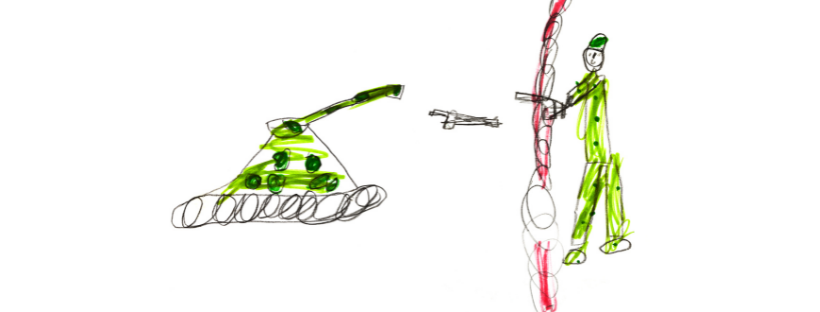
A recent study provides insight into how to improve preschool programs.
This large American study included nearly 3000 children in Tennessee who applied to a free preschool program biased towards traditional, academic teaching. The longitudinal study followed children from preschool up to 6th grade and surprisingly showed even negative effects. This urged the researchers to further analyze what was not working and how to improve the preschool programs.
Six evidence-based ideas for how to improve preschool programs:
1. Abstract “unconstrained” skills
Preschools should focus more on developing abstract “unconstrained” skills rather than specific “constrained” academic skills.
In other words: preschool should pay attention to skills that can never be fully mastered as listening, attention, and problem-solving. Rather than specific “constrained” academic skills that can be mastered, such as learning the alphabet or counting to 10.
2. Positive attention
Preschools should focus on giving children more positive attention for appropriate behavior. Rather than negative attention for inappropriate behavior. Focusing on positive attention for appropriate behavior is linked with better self-regulation abilities in children.
3. Child-led activities
Preschools should involve primarily child-led activities or “choice time.” Research has found that play-based preschools are usually associated with better long-term outcomes. Rather than preschools focusing only on direct instruction of academic skills.
Research also finds that encouraging cooperative play among children is linked to better language skills and better self-regulation.
4. Movement and outdoor play
Preschools should involve frequent opportunities for movement and gross motor activity.
Research shows that preschool children are more attentive to classroom tasks after a break with some playtime, particularly after outdoor playtime.
5. Alternating interaction
Preschool teachers should focus more on listening to the children in their class. Rather than only teaching them unilaterally. When teachers listen to children, the children show improved learning in many areas.
When children have opportunities to speak more often in class, they show stronger self-regulation and vocabulary. So discuss, ask, support and challenge children with different topics and let them talk, question, explain and ponder on things.
What is pedagogical documentation?
.png)
.png)
.png)

.png)